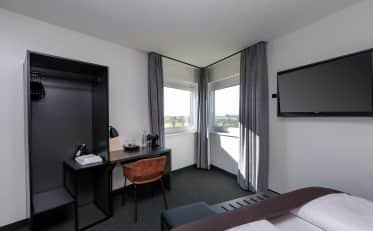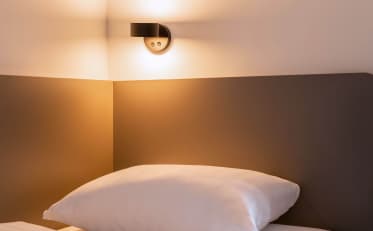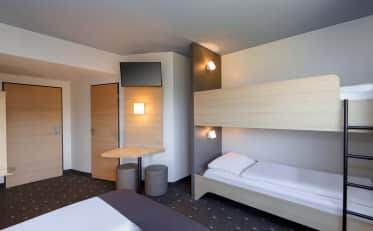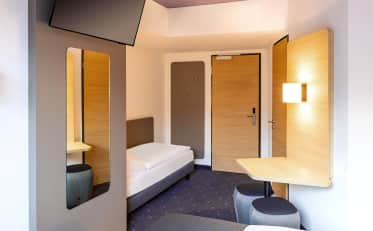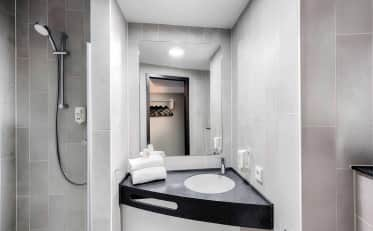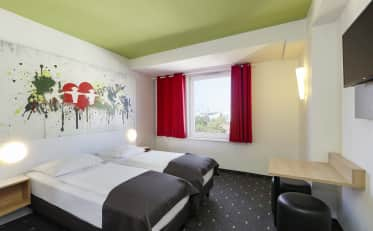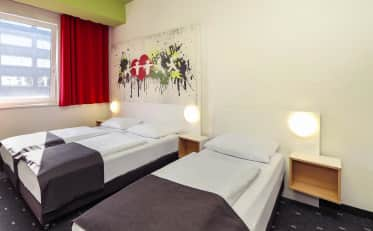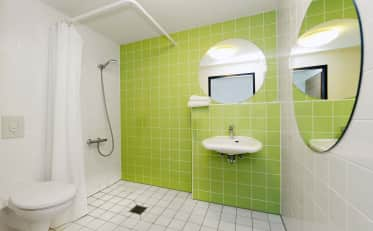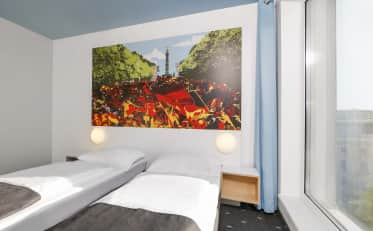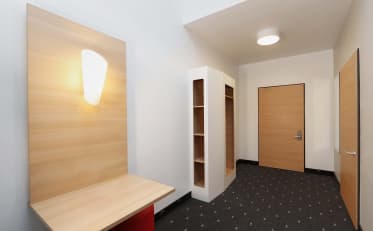History of the Pergamon Museum
The first Pergamon Museum was opened in 1901 by Kaiser Wilhelm II. However, as the numerous ancient and archaeological objects that had been found during excavations in Babylon, Uruk, Egypt and Assur could not be adequately presented, Wilhelm von Bode planned a new building from 1906. Even at this time, it was planned to house different artifacts in separate wings. From 1907, Alfred Messel then developed a three-winged building based on Bode's plans, which was executed by Ludwig Hoffmann after his death.
Meanwhile, architects such as Wilhelm Wille, Walter Andrae, German Bestelmeyer and Ernst Kühnel were responsible for setting up the Department of the Ancient Near East, the Islamic Museum and the Picture and Sculpture Gallery. The latter, together with Ludwig Hoffmann, was entrusted with the construction of the extraordinary Mshatta façade. Hoffmann and Theodor Wiegand also jointly developed the spectacular concepts for the halls in which the Pergamon Altar, the Ishtar Gate and the fantastic Market Gate of Miletus can be seen today.
While construction work on today's Pergamon Museum was delayed by the First World War, the November Revolution of 1918 and increasing inflation in the early 1920s, the building was finally opened in 1930.
However, the German museum was severely damaged during the Allied air raids in the Second World War. In addition, many museum pieces were transported to Moscow and Leningrad from 1945 onwards, meaning that the museum could only be partially reopened in 1954. Between 1957 and 1958, many of the museum's holdings that had been transferred to Russia were finally returned to Germany and were kept by the GDR. After the individual sections of the museum were initially run as independent museums, the city combined the halls from 1958 onwards, giving the building its current name!






















